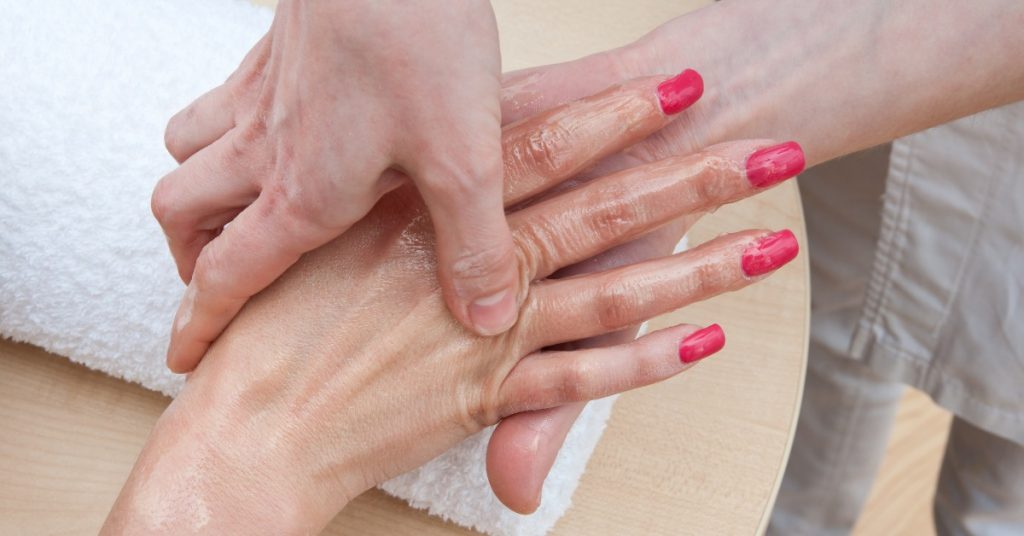Guillain-Barre syndrome is an uncommon condition in which the immune system assaults the nerves in your body. Weakness and tingling in the extremities are frequently the first indications and symptoms.
These sensations can quickly spread throughout your body, paralyzing you. Guillain-Barre syndrome, considered one of the most extreme cases, is a medical emergency where you need to reach out to a Neuro specialist in Coimbatore. The majority of people who suffer from this illness will need to be admitted to the hospital for treatment.
Guillain-Barre syndrome’s actual cause is unknown. Two-thirds of patients, on the other hand, demonstrated indications of infection in the previous six weeks. Among these are infections of the respiratory or gastrointestinal tract, as well as the Zika virus.
Although there is no known cure for Guillain-Barre syndrome, various gbs treatments can help to reduce symptoms and decrease the illness’s duration. Despite the fact that most people recover from Guillain-Barre syndrome, the death rate ranges from 4% to 7%. Six months after birth, 60-80% of people are able to walk. Patients may experience side effects such as weakness, numbness, or fatigue.
Signs of Guillain-Barre Syndrome:
Tingling and weakness in the feet and legs are common symptoms of Guillain-Barre syndrome, which can spread to the upper body and arms. Symptoms in the arms or face appear in roughly 10% of patients with the disease. Muscle weakness can escalate to paralysis as Guillain-Barre syndrome progresses.
- Pins and needles, prickling tingling or numbness in your fingers, toes, ankles, or wrists
- Leg weakness that has migrated to your upper body
- Inability to walk or climb stairs because of unsteady walking
- Face movements, such as speaking, chewing, or swallowing, are difficult.
- Inability to move your eyes or double vision
- Severe pain that can be achy, shooting, or cramping in nature, and that gets worse at night
- Having trouble controlling your bladder or bowels
- Heart rate that is quite fast
- Blood pressure can be low or high.
- Breathing problems
Within two weeks of the onset of symptoms, people with Guillain-Barre syndrome frequently have their most acute weakening.
Guillain-Barre syndrome once assumed to be a single condition, is now discovered to manifest itself in a variety of ways. The most common types are:
Acute inflammatory demyelinating polyradiculoneuropathy (AIDP), in most parts of the world, is the most prevalent version. Muscle weakness that begins in the lower body and goes upward is the most typical symptom of AIDP. There are various Guillain barre treatment centers where you can find the solution.
Miller Fisher syndrome (MFS), paralysis begins in the eyes. An unsteady gait is also linked to MFS.
Acute motor axonal neuropathy (AMAN) and acute motor-sensory axonal neuropathy (AMSAN) are also other types of the syndrome.
Diagnosis of the Guillain-Barre Syndrome:
In its early stages, Guillain-barre syndrome can be difficult to identify. Its indications and symptoms are similar to those of other neurological illnesses, but they can differ from one person to the next.
A medical history and a thorough physical examination are likely to be the first steps taken by your doctor.
Spinal Tap (Lumbar Puncture):
A little amount of fluid is drained from your lower back’s spinal canal. The fluid is examined for a change that occurs frequently in persons with Guillain-Barre syndrome.
Electromyography:
Electrodes with thin needles are put into the muscles that your doctor wants to analyze. The electrodes are used to monitor muscle nerve activity.
Nerve Conduction Studies:
Above your nerves, electrodes are taped to your skin. To assess the speed of nerve signals, a mild shock is delivered to the nerve.
Guillain-Barre syndrome has no known cure. However, there are two sorts of treatments that can help you heal faster and lessen the severity of your illness:
Plasma Exchange (Plasmapheresis):
Plasma is the liquid element of your blood that is separated from your blood cells. The blood cells are then reintroduced into your body, which produces more plasma to compensate for the loss.
Plasmapheresis may function by removing antibodies from plasma that aid in the immune system’s attack on peripheral neurons. Multispeciality Hospital in Coimbatore can help you with this treatment and ensure you are safe.
Immunoglobulin Therapy:
A vein is used to administer immunoglobulin, which contains healthy antibodies from blood donors (intravenously). Antibodies that cause Guillain-Barre syndrome can be blocked with high doses of immunoglobulin.
These treatments work in the same way. It’s no more effective to mix them or administer them one after the other than it is to use either approach alone.
Before and during recovery, people with Guillain-Barre syndrome require physical assistance and therapy. These services may be available to you:
Caregivers should move their arms and legs before they recuperate to keep their muscles flexible and strong.
Physical therapy can help you manage fatigue and regain strength and mobility during your rehabilitation.
Adaptive devices, such as a wheelchair or braces, are used in training to improve mobility and self-care abilities.
Recovery After the Guillain-Barre Treatment Syndrome:
Although some patients with Guillain-Barre syndrome require months or even years to recover, most people follow this general timeline:
- The illness tends to progressively worsen for around two weeks after the initial signs and symptoms appear.
- Within four weeks, symptoms reach a halt.
- Recovery normally takes six to twelve months, while it might take up to three years for some people.
Adults Recovering from Guillain-Barre Syndrome Include the following:
Six months following diagnosis, around 80% of patients are able to walk freely.
One year following diagnosis, about 60% of people regain their full motor strength.
Approximately 5% to 10% have a very slow and incomplete recovery.
Guillain-Barre syndrome affects just a small percentage of children, although they recover faster than adults. Reach out to the best hospital in Coimbatore to safeguard your health.
Guillain-Barre syndrome is a painful diagnosis to receive. Although the majority of patients recover completely, the illness is usually unpleasant and necessitates hospitalization as well as months of rehabilitation. You’ll have to get used to having limited mobility and feeling tired.





More Stories
6 Best Exercises to Strengthen Your Heart
4 Signs You Might Have a Respiratory Infection
Information About Lima Beans And Health Benefits